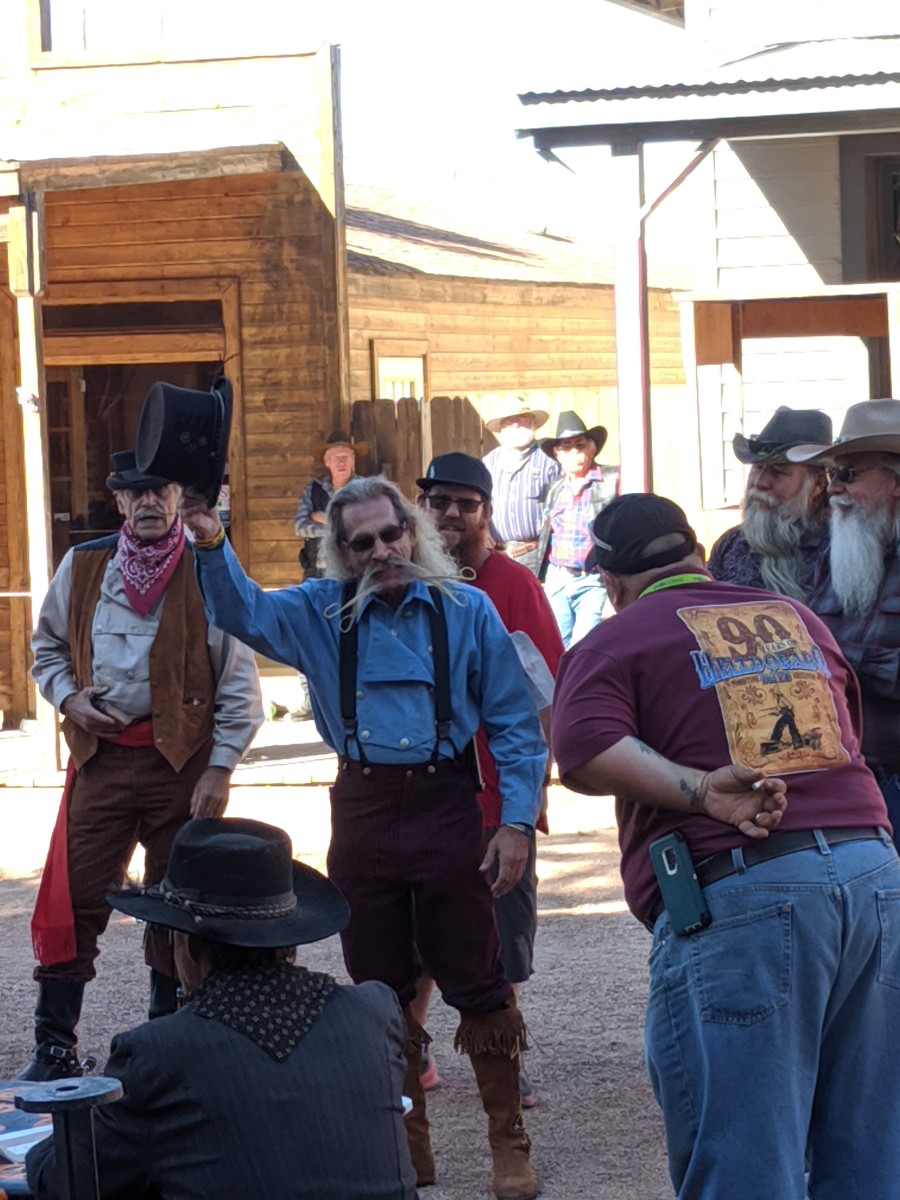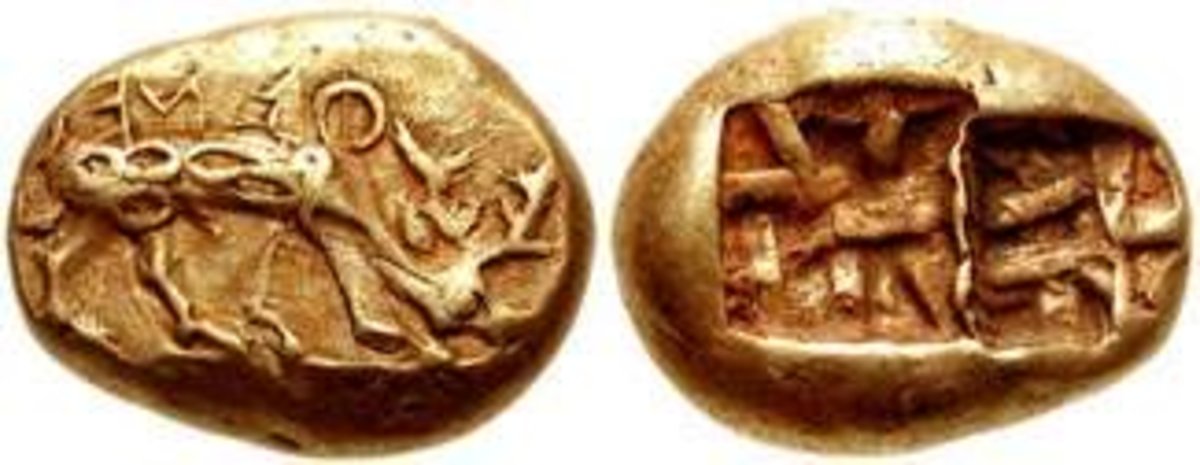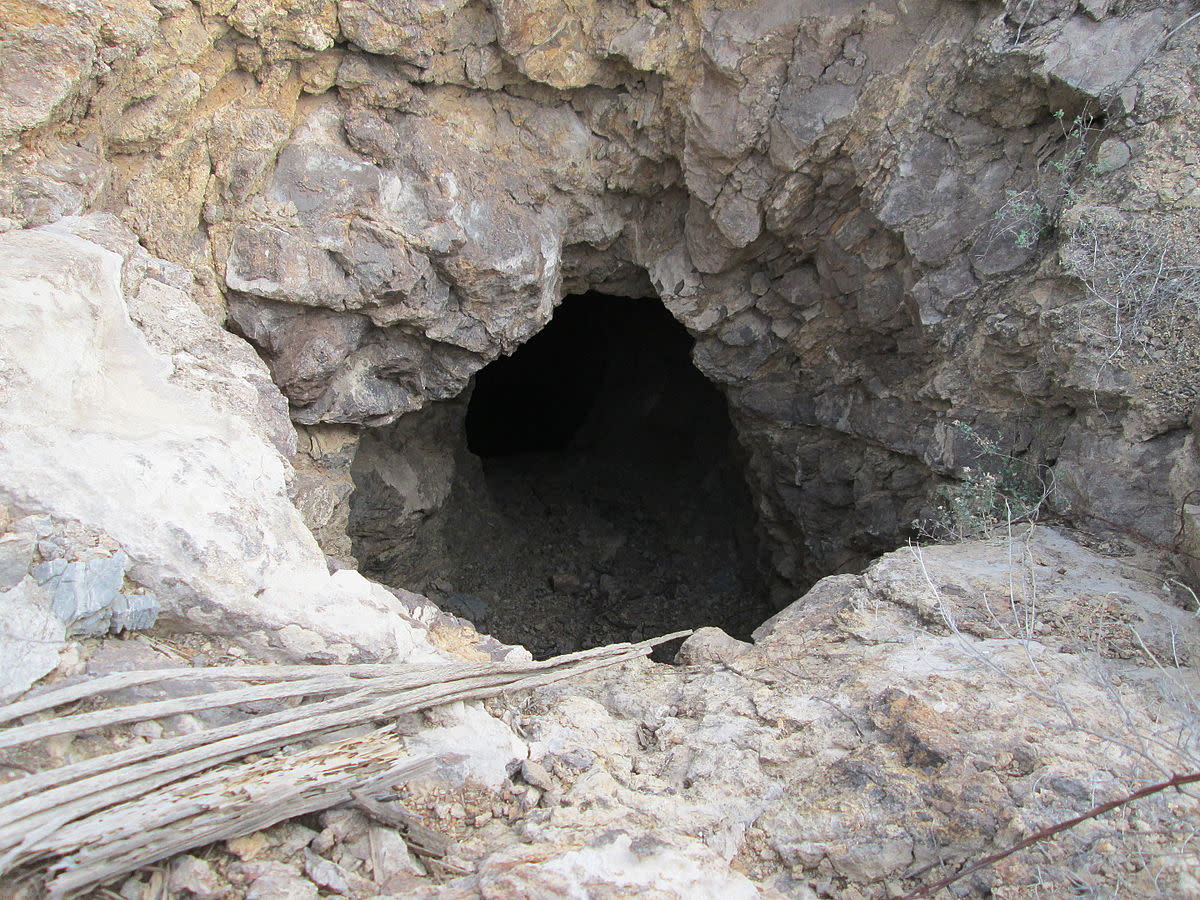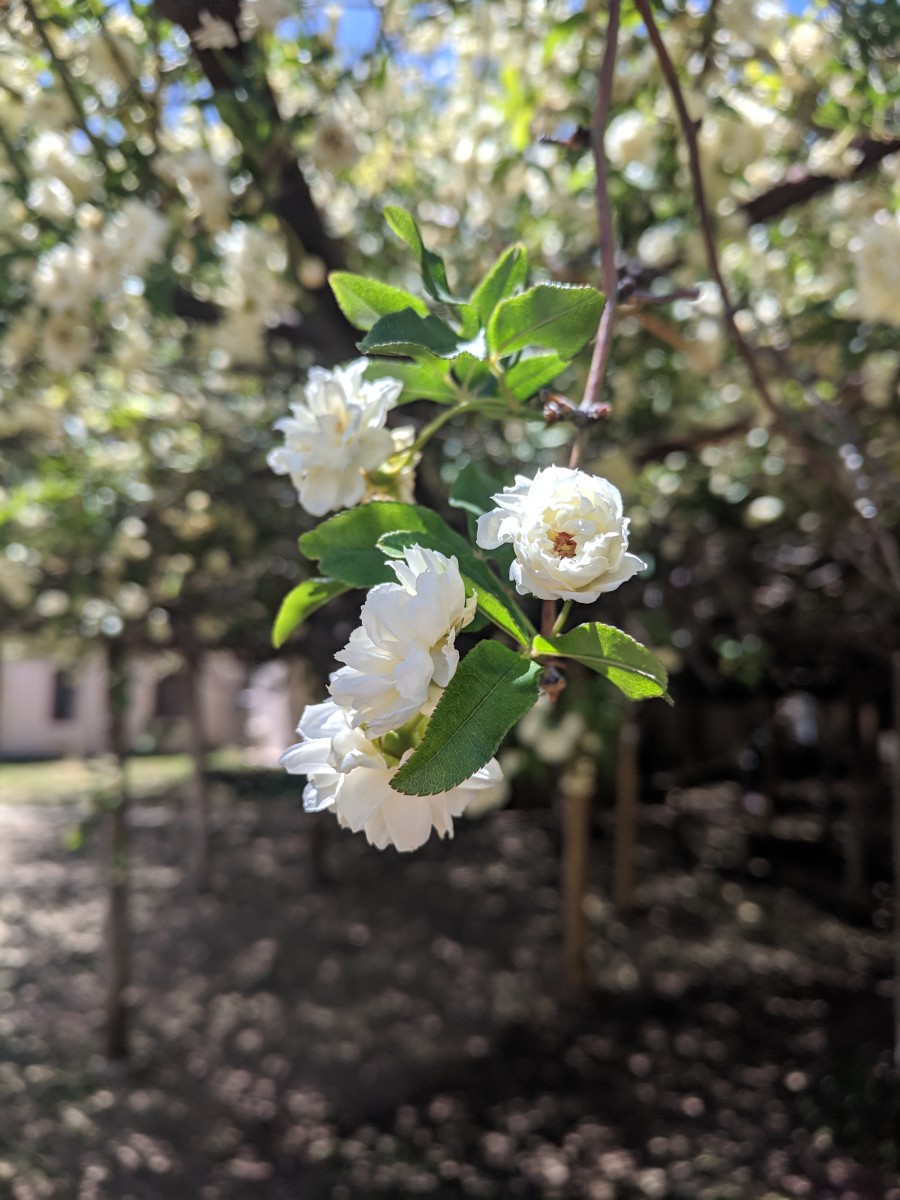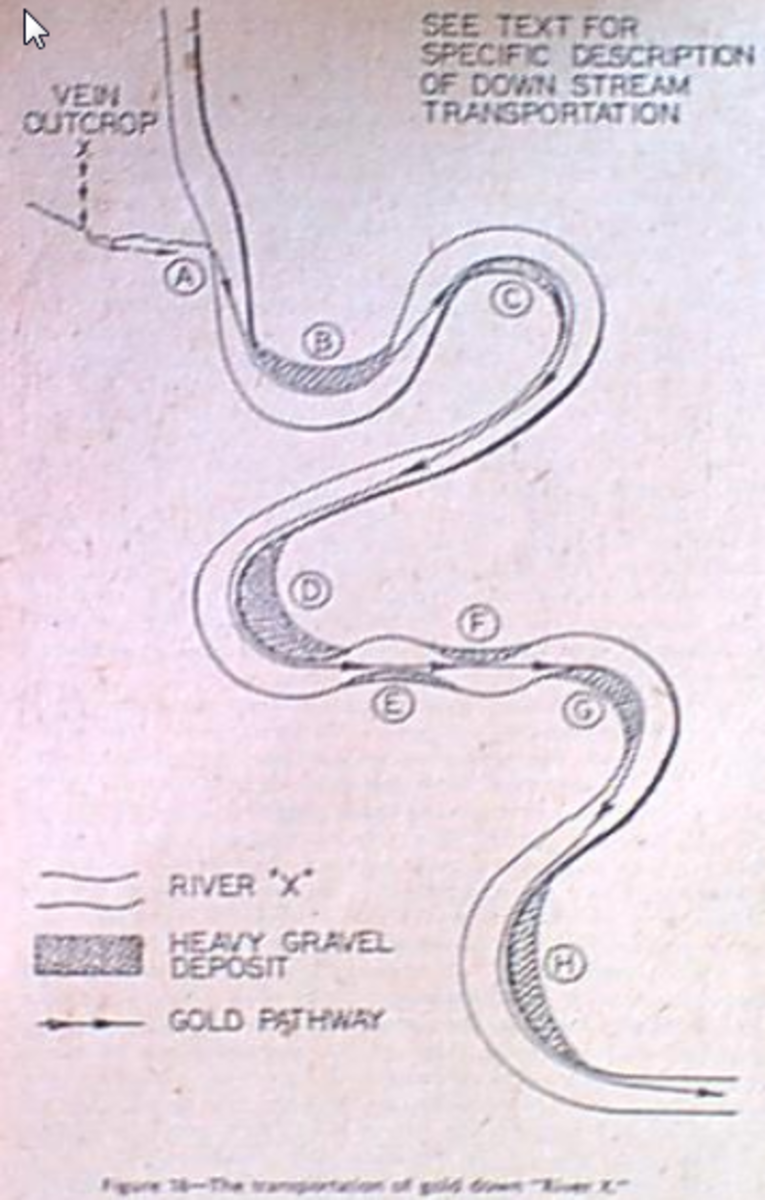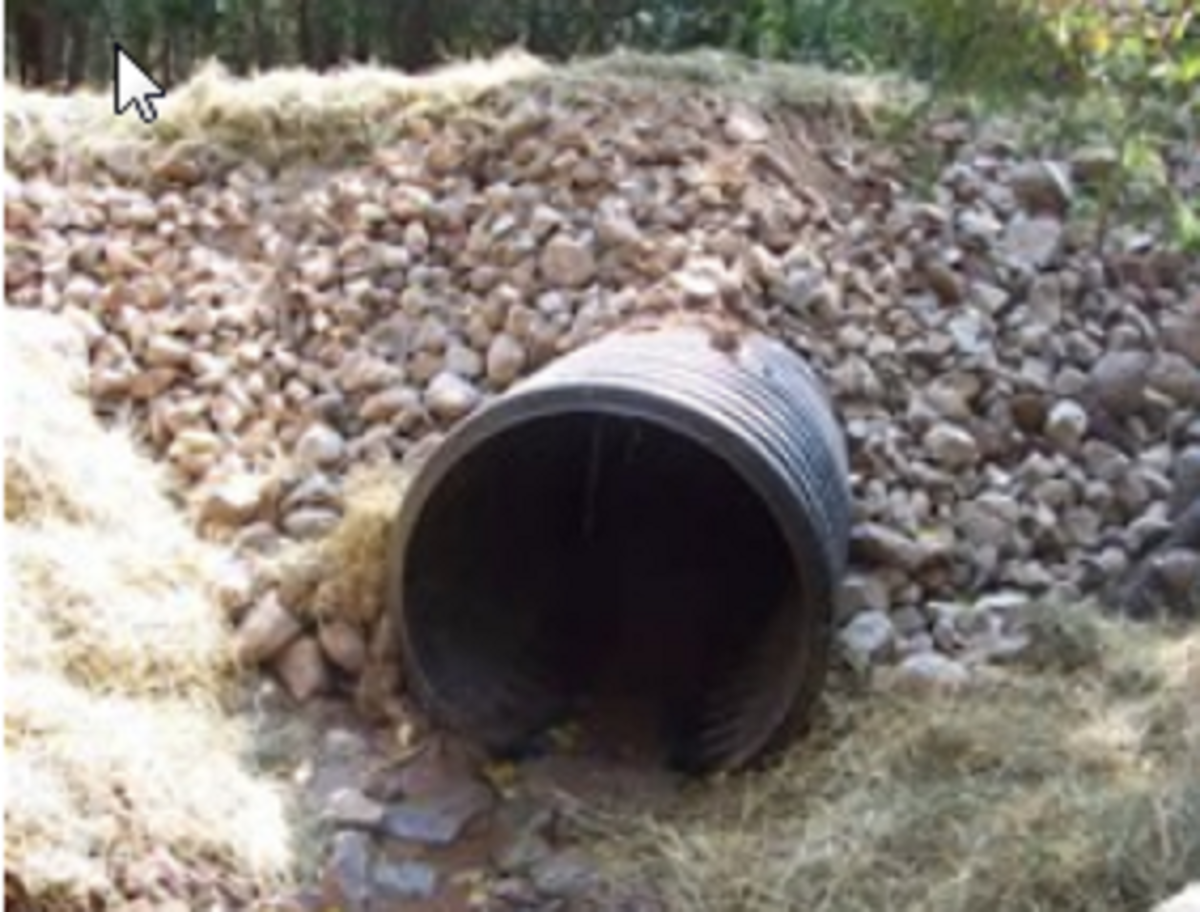Historical and modern-day mining opportunities in Tombstone
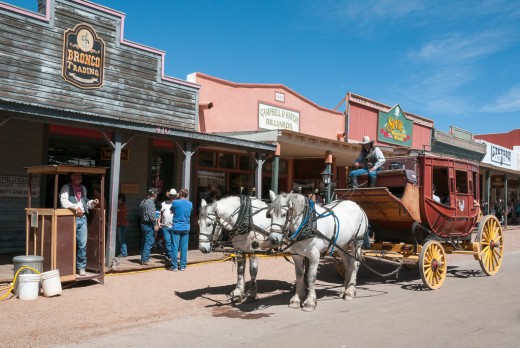
The small city of Tombstone in Arizona is a historic city founded as a mining town in 1879 by prospector Ed Schieffelin. It is primarily well-known for the part folktale-like and part historical Gunfight at the O.K. Corral. Currently, the city earns most of its revenues from tourism because of the famous event.
During its heyday, the city had a peak population of between 15,000 and 20,000 but its current population is less than one-tenth of that after the decline of the silver mining business in the area. Despite this, some mining companies like Mansfield-Martin Exploration & Mining, Inc. and others are again interested in prospecting and operating in the area.
One of the main reasons for this renewed interest among miners is the fact that the area is still potentially productive. Using modern-day technology, the output could be significantly improved and may even exceed the historical production peak of the area.
Based on an 1881 report, the average daily output of the mining companies during that time was around 500 tons. The area had a bullion production of worth around $500,000 per month. The production was steadily increased as technology improved and more companies started establishing operations in the area. The average bullion yield annually rose to at least $7,000,000 per year.
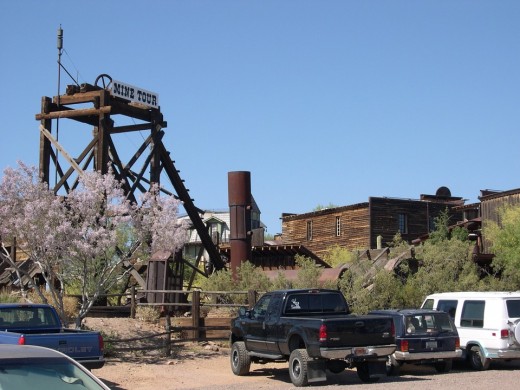
Several mining companies are currently operating in the mining district of Tombstone. Several companies are also beginning to prospect in the area not only for silver and gold but also for other valuable minerals. Among the existing mining companies in the area is the Mansfield-Martin Exploration Mining, Inc. (OTCMKTS:MCPI). It is a company that has the mining and exploration right for more than 6,000 acres of land in the area.
It has a solid record of significant production and has a portfolio that includes preserved mines like the Lucky Cuss, Empire & Old Guard. It also owns the oldest continually operating mining company in Arizona, the Tombstone Development Corporation. MCPI refurbish and modernized old mining companies. Many areas of the Tombstone district are still underdeveloped and still, have the hallmarks of obsolete mining methods. These can benefit from modernization.
Another operational company in the area is the Tombstone Exploration Corp (TMBXF.PK). This company was founded in 1997. It is a mineral resource mining company that focuses on the production of silver and gold and other base minerals. It owns more than 640 acres of land for its exclusive exploration and mining. It has rights to other old mining sites like the Stardust Mine in Yuma County.
Just last month, the company announced the results from the phase two drilling program conducted in the Yuma area. Aside from gold and silver, the results also included lithium. This is good news especially because of the increasing demand for lithium-ion batteries for electric cars.
Aztec Minerals Corp. (AZT:TSX-V, OTCQB:AZZTF) is a Canadian company that recently established operations in the Tombstone mining district. It signed an agreement with Baroyeca Gold & Silver and its subsidiaries last December 18, 2017. It acquired 75 percent ownership of mineral properties that include historic silver mining properties in the area. These include 404 acres (163.5 hectares) of patented properties.
Tombstone could again become a bustling mining city like before. The influx of prospectors and the expansion of the existing mining companies will inevitably spur the economic growth in the area. Some people, particularly the mine workers and their families, will choose to relocate in the area. Other businesses will be established as the population of Tombstone grows again.

